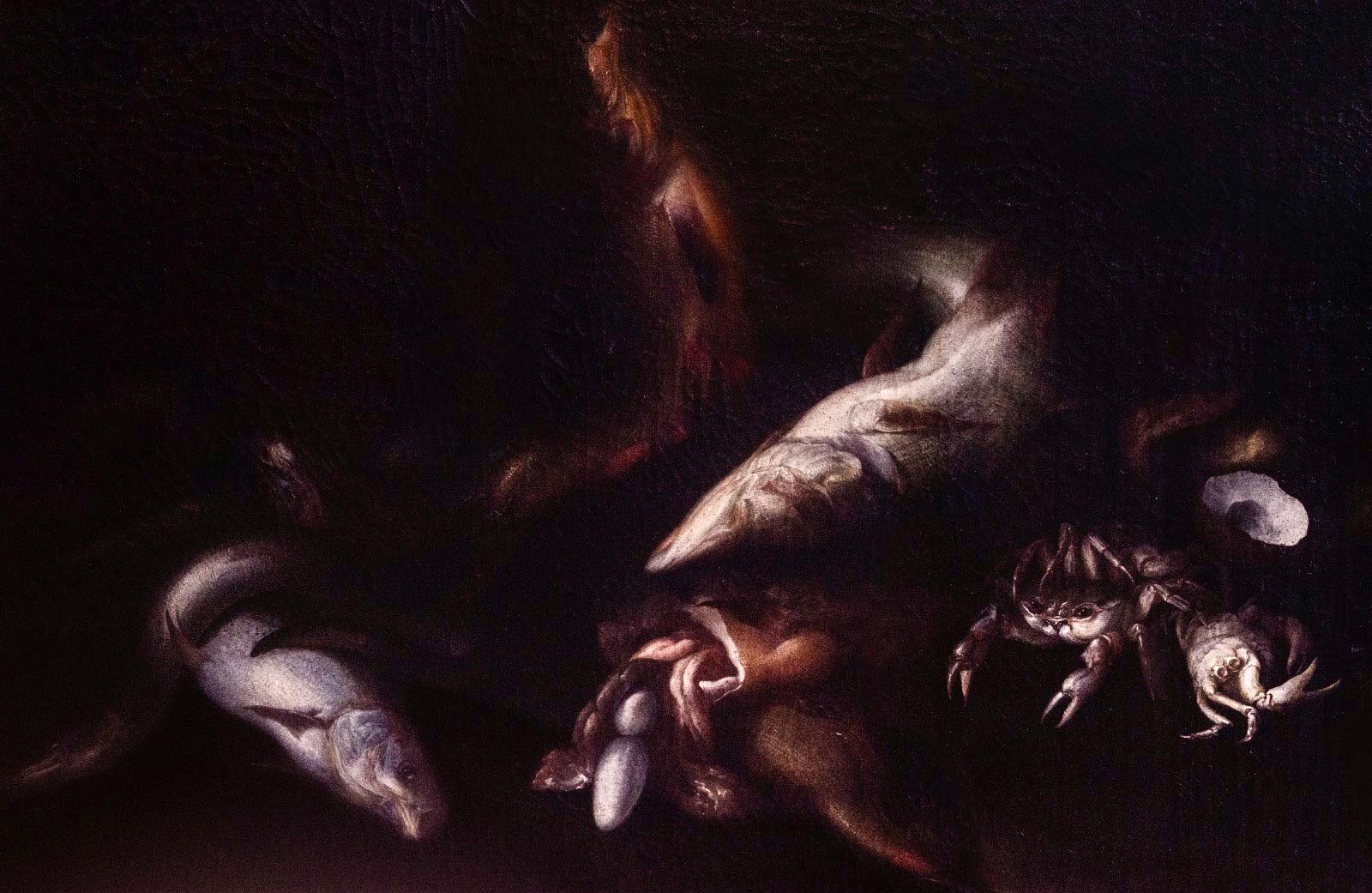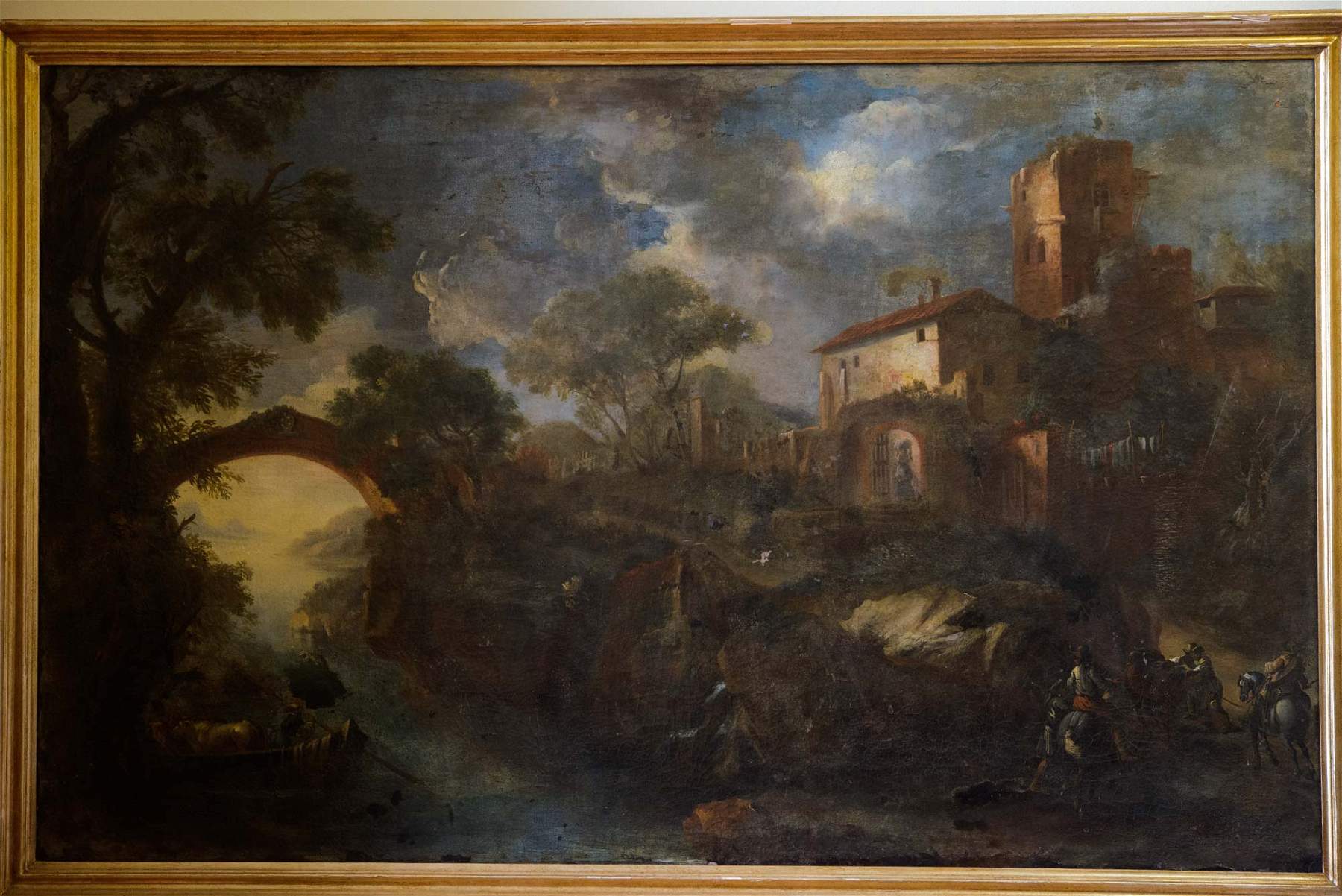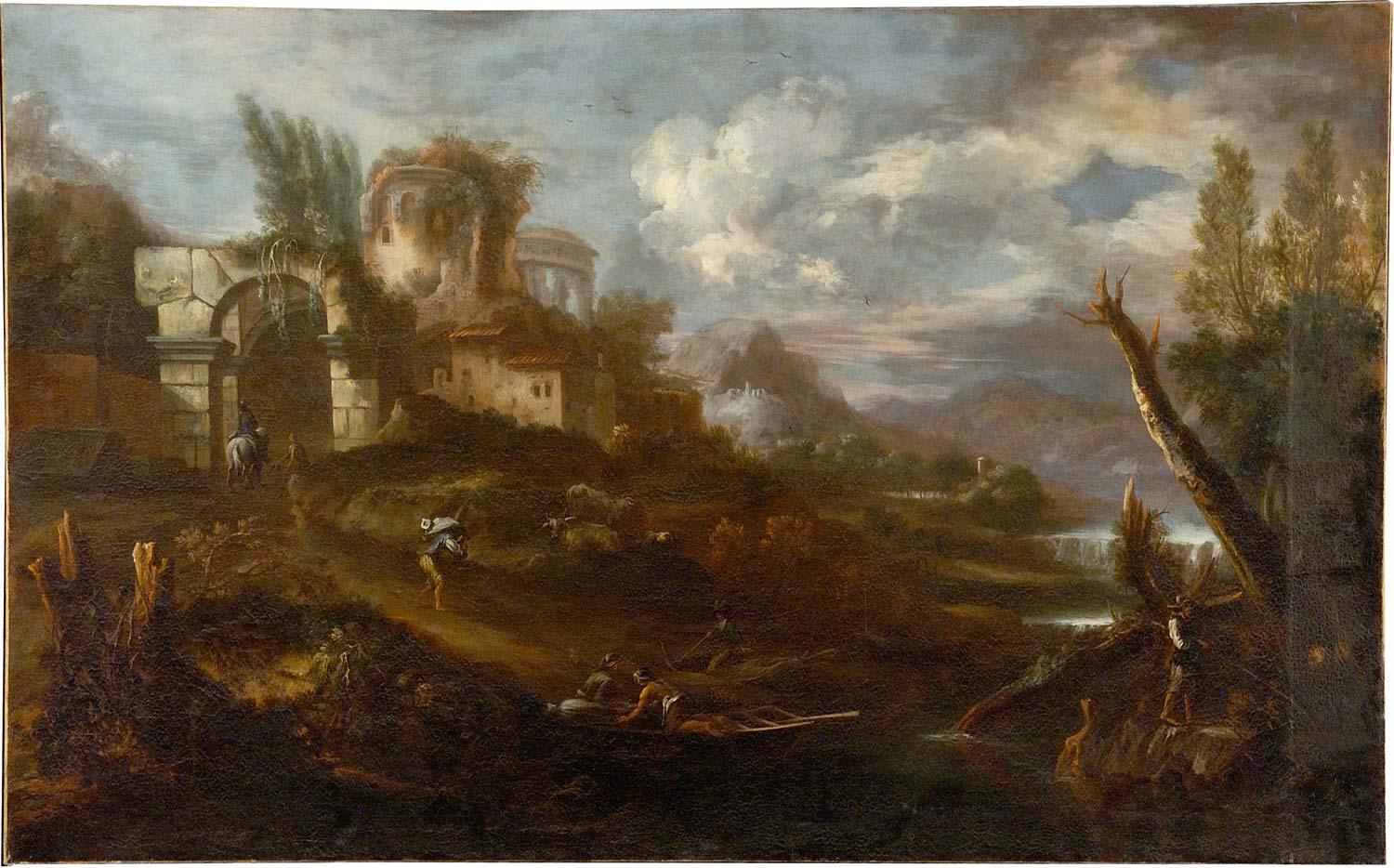In seventeenth-century Florence , a Jewish painter lived and worked at the Medici court, an extremely rare case for the time: his name was Jona Ostiglio, and this discovery was made by the Hebraist Piergabriele Mancuso and art historian Maria Sframeli, an official at the Uffizi. Ostiglio was a skillful and versatile artist, capable of acquiring important commissions from the ruling dynasty and from powerful Florentine families such as the Mannellis, esteemed to the point of being able to join theAccademia delle Arti e del Disegno in 1680, then in fact remaining its only Jewish member until the last century. The unprecedented “rediscovery” of Ostiglio’s story, which for centuries remained hidden in the folds of art history, will be presented to the public for the first time today at the Vasari auditorium of the Galleries starting at 5 p.m. as part of the weekly Art and Culture Dialogues organized by the museum, Mancuso and Sframeli.
Jona Ostiglio was born between 1620 and 1630 and was presumably active between 1660 and 1690, under the Grand Duchy of Ferdinand II and Cosimo III de’ Medici. He died between the end of the century and the beginning of the next, in any case after 1695. Initially only a faithful copyist of Salvator Rosa, Jona was a member of the “natione italiana,” or Italian-rite Jews, the so-called italkim: he embarked on a career as an independent painter late in life and outside institutional channels, since, as a Jew, he could not belong to labor guilds or officially belong to art ateliers.
Thanks, however, to his deep familiarity with the fabric outside the Ghetto and the excellent relationships, both professional and personal, that he was able to weave with some of the most important figures in the artistic world of the time, Ostiglio was able not only to obtain commissions from the Medici and influential families of the Florentine nobility, but also to work in the workshop of the Florentine painter Onorio Marinari. Some of his most mature works are now preserved in the Uffizi, the Medici villa at Poggio a Caiano, the Florentine church of San Michele in San Salvi, and even the Farnesina in Rome: panels and canvases imbued with Caravaggesque atmosphere, still lifes composed as human likenesses, anomalous crabs with hazel eyes, and Tuscan country landscapes. Which therefore from today will no longer qualify as “seventeenth-century anonymous,” but will bear the name (and attribution) of Jona Ostiglio.
“Last year,” says Mancuso, “as part of my research on the Florentine Jewish community during the reign of the Medici, I came into contact with Maria Sframeli: it was she who directed me to a series of unknown works and documents attesting to the activity in Grand Ducal Florence of the Jewish painter Jona Ostiglio, who is briefly referred to for the first time in a 1907 article by Rabbi, biblical scholar and Orientalist Umberto Cassutto. Who could this personage have been, whose whereabouts had apparently been totally lost? The research we conducted together stemmed from a desire to find an answer to this question.”
Thus in the space of little more than a year the life of the Jewish artist, who succeeded in asserting the importance of his role at the Medici court and in late Baroque Florence, is reassembled: an unprecedented discovery, not only for Jewish history in Italy, but for the history of art.
“Despite the limits imposed by the Church and despite the Inquisition, in the 17th century the Florentine rulers managed to save Galileo’s life and research,” explains Uffizi Galleries director Eike Schmidt. "Now we learn that a Jew was allowed to practice painting (an activity that was not among those allowed to his co-religionists), was granted the honor of being a member of the Academy sponsored by the grand dukes themselves, and to receive appointments from the most prominent noble families. Certainly this is a very important historical acquisition, which testifies to the open-mindedness of the Medici - let us not forget that it was at their court that Artemisia Gentileschi, fresh from her trial for rape, found refuge and work - and of the society of Florence at that time: a city that rewarded art above all else, regardless of gender, census, faith."
For Ruth Dureghello, President of the Jewish Community of Rome, “We are in front of an exceptional discovery that documents, even in its rarity, how much Jewish culture has contributed over the centuries to the formulation of the stories that have made our nation, even in those periods, such as the one illustrated by Jona Ostiglio’s story, still very distant from the concepts of integration and dialogue.”

 Jona Ostiglio
Jona Ostiglio Jona
Jona
 |
| Important discovery at the Uffizi: there was a Jewish painter in the Medici court of the 17th century |
Warning: the translation into English of the original Italian article was created using automatic tools. We undertake to review all articles, but we do not guarantee the total absence of inaccuracies in the translation due to the program. You can find the original by clicking on the ITA button. If you find any mistake,please contact us.